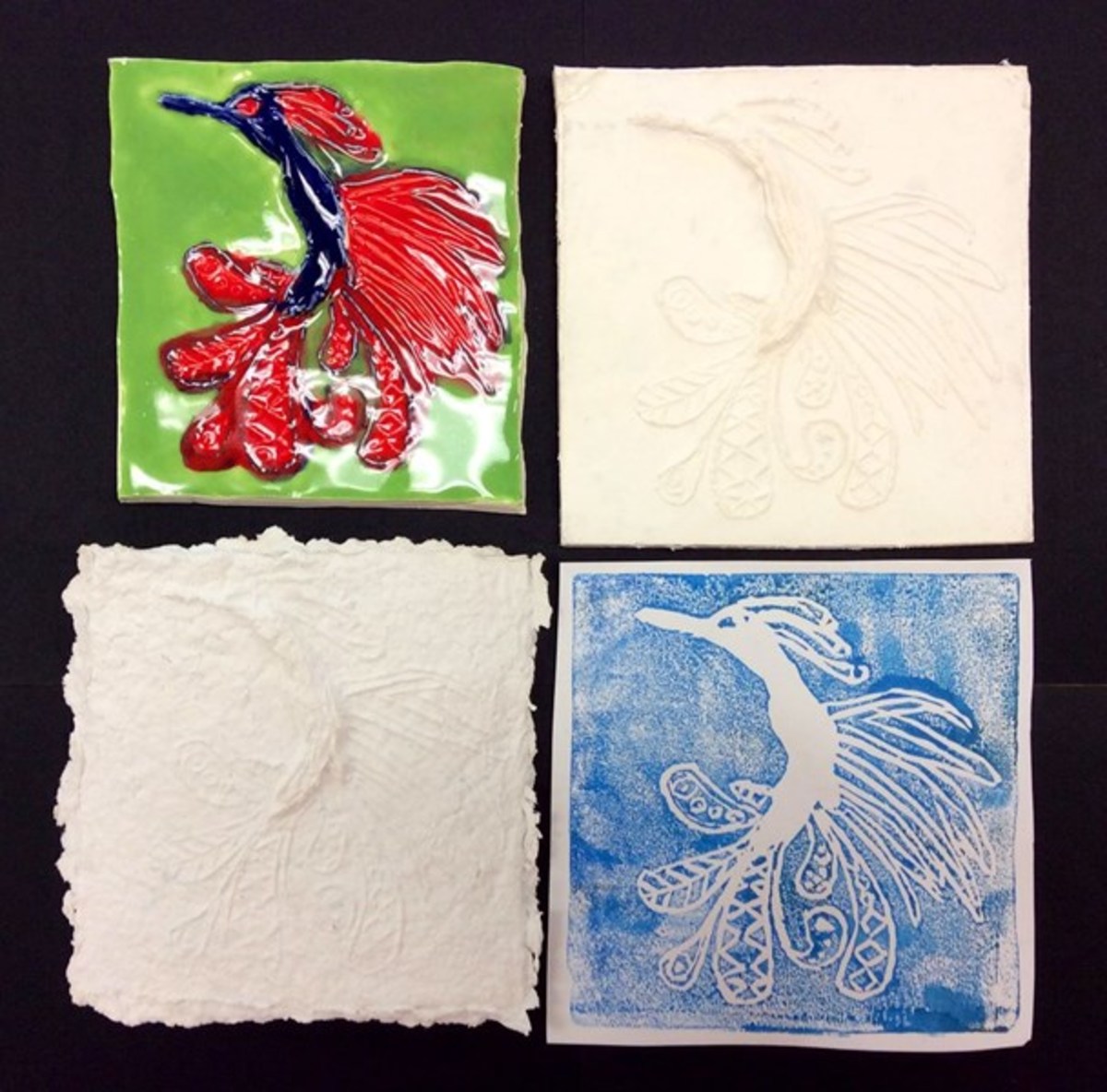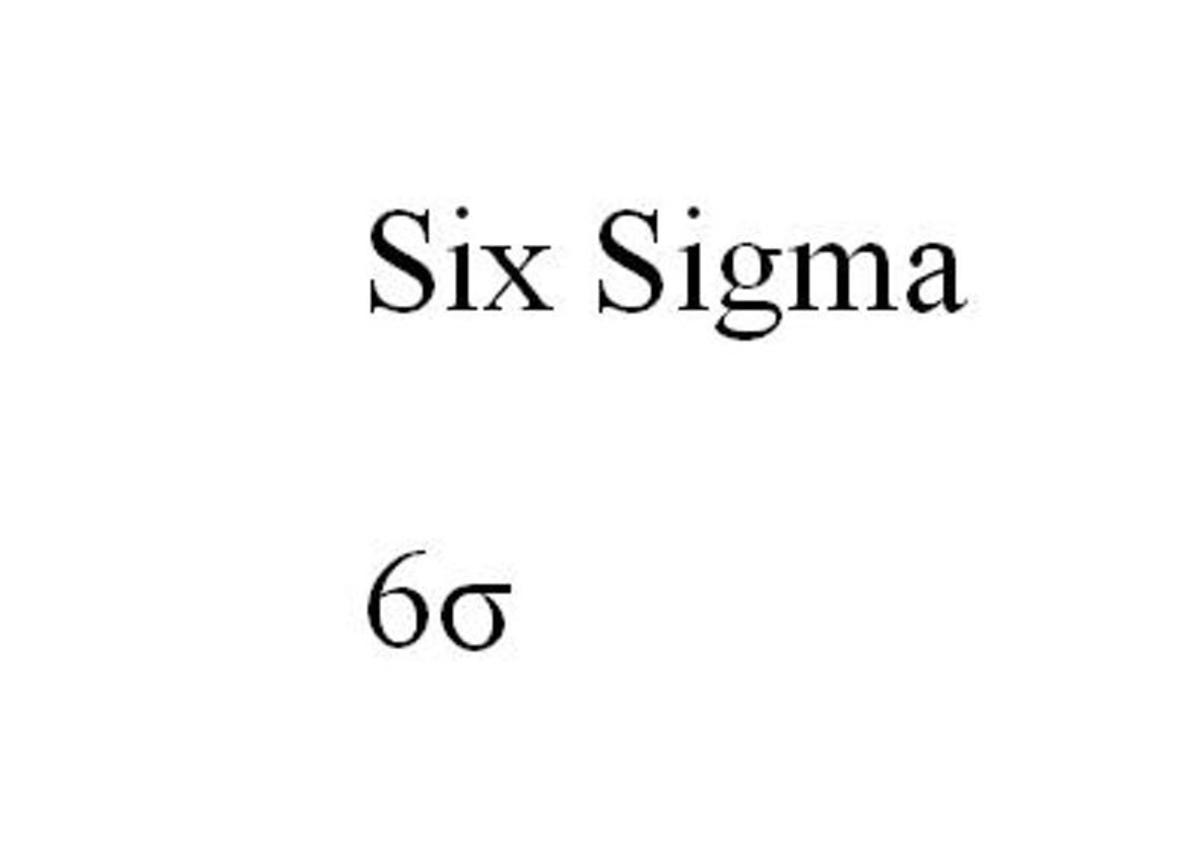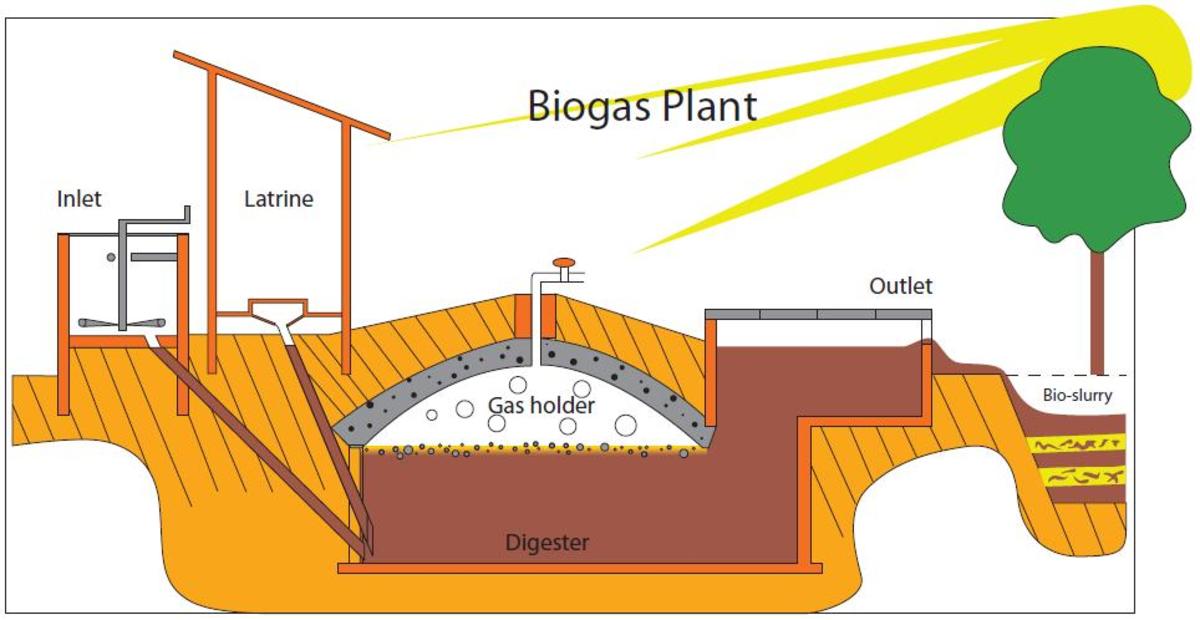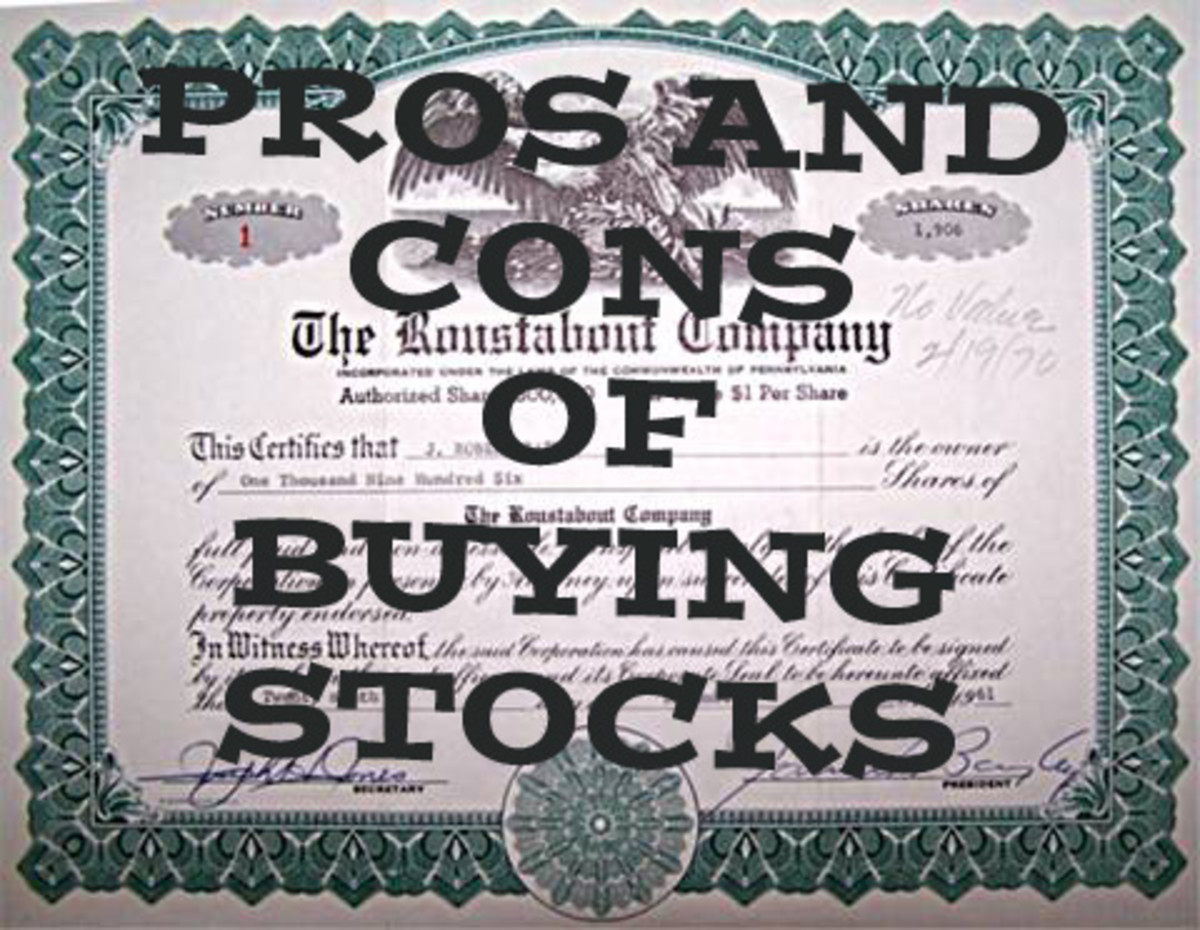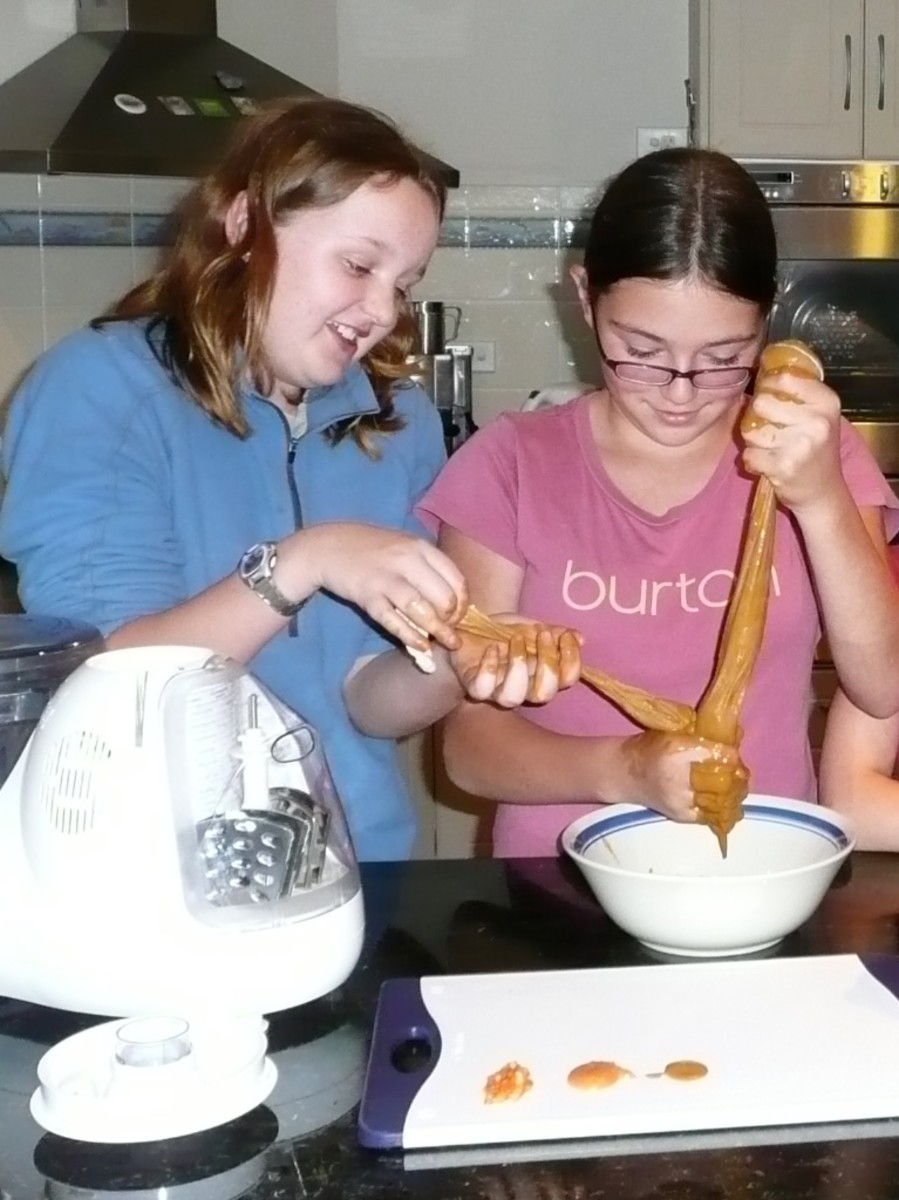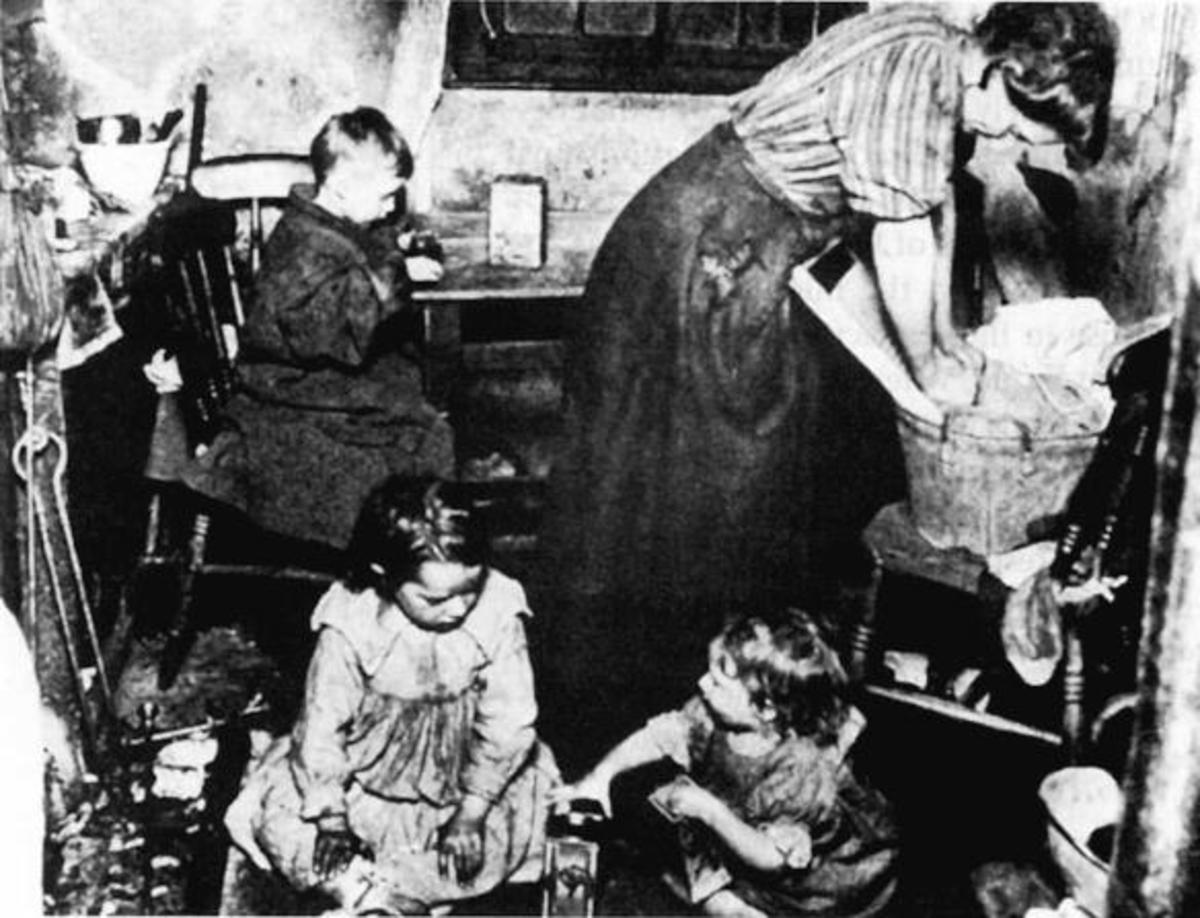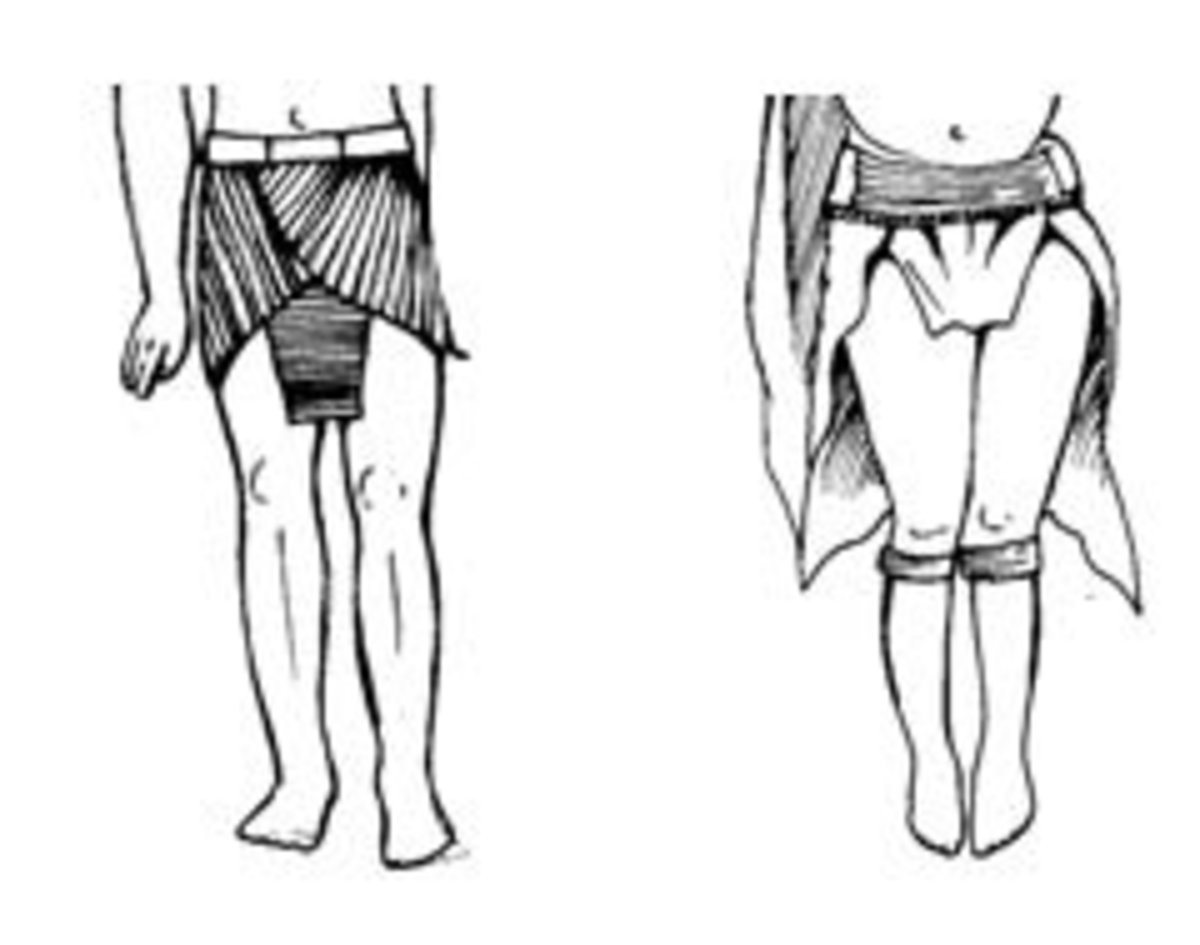Investment Casting Process
Picture Illustrating the Topic: Investment Casting

Introduction
There had been lots of casting methods since the ancient days. But in the present time, more methods have been developed. These methods began to expand more rapidly when technological development or advancement took the stage of the entire world. Sand casting had been the first but as a result of certain duties which it fails to carry out, newer methods which among them is investment casting, though had been used by ancient Egyptians in making of jewelry; becomes more developed and advanced. The help offered by this casting method can be seen in automobiles, aerospace, structural building and other areas.
Product of Investment Casting
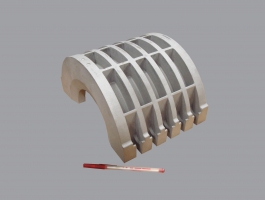
What is the definition of investment casting? Investment casting is a casting method which involves most the use of consumable pattern and other kinds of molds in making intricate castings. The consumable patterns in this context can be made of wax, plaster, or frozen mercury. This type of casting is popularly referred to as the lost-wax process. The name is used because it involves the loss of the wax used in the casting process. It is also called precision casting.
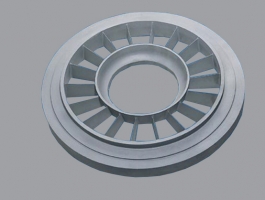
Investment casting has many processes through which it can be achieved. It can be ceramic shell process, plaster-moulds process, shell molding, Carbon (IV) Oxide mould-hardening process and Shaw process. These processes will be explained in detail in the body of this topic. But, among these processes, the wax is lost at the end and that is why investment casting is also called lost-wax casting process.
Investment casting has many advantages, applications, and little disadvantages. The truth is that it is very difficult to see anything in this life that has advantages without any disadvantage, and that of investment casting will not be an exception. Its application can be observed in aerospace and another area.
Advantages of Precision or Investment Casting
There are numerous advantages attributed to investment casting and among them are stated below:
- It is used for casting intricate shapes with undercuts. Intricate shapes are shapes which are difficult or complicated to make. With the help of investment casting, these complicated castings are made.
- Investment casting gives a very smooth surface with no parting line generated.
- This casting method gives castings with good dimensional accuracy.
- It is used for casting non-machinable alloys and radioactive metals. Nonmachinable alloys are those alloys which are difficult to be worked on by machine tool operations, like cutting, boring of holes, and milling. Most nonmachinable alloys are brittle in nature. White cast Iron is a typical example of the nonmachinable alloy.
- It may be used to replace die casting.
Disadvantages of Investment Casting (Lost-Wax Process)
- The process is used in making small castings only.
- It is difficult to use where cores are applicable.
- Lost-Wax process is an expensive process.
Lost-Wax Method
This is one of the means of achieving investment casting. For practical experience, this can be well understood by sourcing for any video on it through youtube channel by browsing through www.youtube.com. There are many videos on casting by making use of investment casting and they make the process self-explanatory. What any who is interested in having the practical knowledge need to do is to type ‘lost-wax casting’ through the search box of youtube and then click search.
Lost-wax process makes use of pattern made of wax. The wax leaves the ceramic mould when the mould is heated to high temperature. Lost-wax method has been used to produce lot of intricate shapes which human make use of in their daily activities. For investment (lost-wax) casting, the pattern is made from wax or plastic that has low melting temperature (Material Science and Engineering by William D. Callister, Jnr. and David G. Rethwisch).
Steps for Achieving Lost-Wax Casting
Steps are actions taken for achieving any task. Lost-wax casting as a method or investment casting has many sequences for achieving it. The steps taken in this casting process are as follow:
- The pattern used for the casting is first made by injecting molten wax into Aluminium die. The required shape of the pattern is made of the die. An example of wax is that used in making of candles.
- For casting of intricate shapes, the solid wax-patterns (sometimes made of small sizes) which are made in Aluminium dies are now assembled to give the desired casting at the end of the process. The patterns are attached or joint using adhesive to build a good structure.
- The structures (wax-patterns) are assembled in sprues. The sprues are the long rod-like object where the wax patterns are mounted on. Sprues assist in the mass production of castings. Note that the arrangement in sprues can be ignored and manual casting process used.
- The patterns are dipped in the slurry. The slurry is made of ceramic material like silica flour and it entirely covers the patterns as a coat. The dipping of the pattern in the slurry can be done with hand to avoid imperfection.
- The coating above is then dusted or sprinkled with sand. The dusting must carefully be done so that all coated parts are touched. The sand is a fine one. Dusting with fine sand is conducted to increase the strength of the coating.
- The coat is dried. The drying makes the mixture of the slurry and the fine stronger. Again, the drying results to formation of a shell around the wax pattern.
- The shell is coated with slurry and also dusted with fine sand or fireclay.
- The wax-pattern contained in the shell is de-waxed. De-waxing is the process of removing the wax contained in the shell mould. It is a two-step process. First, the assembly is dipped into hot water so that the wax melts and get removed. The second step is heating the shell in an oven; where it is heated to higher temperature. In this second medium, the waxes that were not removed by dipping in hot water automatically get lost; which leads to the name lost-wax process. The heating can take up to three hours so that after removal of the wax the ceramics mould also gets heated and any moisture in the mould gets removed.
- When the wax is lost, what is left is the ceramics shell or ceramics mould. The molten metal which is heated in induction furnace is poured into the mould and left to solidify. The poured molten metal when solidified takes the shape of the mould. The pouring of the metal into the shell takes place in a special chamber and after the setup is placed in a vacuum.
- Immediately after solidification of the metal in the shell mould, the result is subjected to a vibrator. During the vibration, the ceramics mould breaks out through cracking and the casting left. At times, if all the shells fail to crack out, it is subjected to blasting cabinet where the remaining particles are removed.
- After the casting is made, it is subjected to cleaning operation. The cleaning process includes fettling and machining operation. Any unwanted parts formed on the main casting are cut out and smooth surface maintained.
- Finally, inspection and sizing are done on individual castings. The inspection includes both visual and automatic type. Any which does not meet the required standard is discarded as scrap. Sizing is done to make sure that all dimensions of the castings are accurate. The castings are well gauged at this stage.
Ceramic Shell Casting
It is a process of achieving investment casting. It involves the use of wax or sometimes frozen Mercury as the casting pattern. In this process, the pattern cluster is repeatedly dipped into ceramics slurry and dusted with refractory material.
Advantages Ceramic Shell Casting
- It gives smooth surface finish at the end of the casting.
- Ceramic shell casting is used in casting both ferrous and non-ferrous metals.
- Good accuracy is obtained in the casting.
The only disadvantage of ceramic shell casting is that it is costly.
Plaster-Mould Casting
This is another ‘department’ of investment casting. It is a ‘department’ found in a ‘faculty’ called investment casting process. In this casting process, gypsum-based plaster moulds are used in the place of permanent moulds. These plaster moulds are destroyed at the end of the casting process. The casting alloys used in this process can be that of Copper and Aluminium.
The constituents of plaster mould include gypsum or plaster of Paris, CaSO4.1/2H2O; talc; asbestos fibre; Silica flour and others. The patterns used for this casting method are made of free-machining brass.
When the casting liquid is of plaster, the pattern is first made. The pattern which can be of Brass is placed at the bottom to fit in the flask. Again, parting powder or parting compound is spread on the pattern for easy removal after casting. The plaster is mixed with water, strengtheners, and other additives which can enhance setting process. The mix is poured over the pattern, and shake, for even distribution even to small cavities. When the plaster is set and the casting done, the plaster is then removed for drying process.
The moisture is then driven out by the baking process in an oven to the temperature of about 815C and finally, the mould is removed to obtain the original casting. When there is excess plaster at the end of the casting, they are removed by the washing process.
Application of Plaster-Mould Casting
- Application of plaster –mould casting is found in making intricate shapes which cannot be made possible when sand casting is used.
- It is used in casting miscellaneous aeroplane parts, small gears, cams, handles, pump parts and small housings.
Advantages of Plaster-Mould Casting
- It gives castings with smooth surface finishing.
- It gives castings with good dimensional accuracy.
The only major disadvantage of the plaster-mould casting process is that it is time-consuming.
Shell Mould Casting Process
This is another process of achieving investment casting of metals or alloys. It is probably used in making cores than moulds. The mould in this process is made of silica sand plus phenol resin. The mould forms half-mould shells which are clamped together.
The Mechanism of Shell Casting
A pattern which must be made of metal material is first made. The pattern is made of metal because it will be preheated and heat is needed to distribute it, and silicon release agent is poured on it.
Free-clay sand is mixed with either urea or phenol formaldehyde resin. The mixture is poured on top of dump box or blowing machine which contains the already made metal pattern at the other side. When the box is inverted, the sand mixture drops on the top of the pattern. That is left for about 15 to 30 seconds to ensure adherence before turning to the state it was in the initial state.
The pattern which contains shell of sand is heated in an oven to ensure more rigid adherence. This heating can take place at about 0.5 to 1 minute. In conclusion, the shell formed by the sand mixture is removed by the help of ejector pin.
Advantages of Shell Moulding
- Castings with smooth surface finish are achieved at the end.
- There is dimensional accuracy in the casting process.
- This process has less cleaning cost.
- There is a reduction in casting-weight variation.
Disadvantages of Shell Moulding
- It requires a small pattern.
- The process requires costly equipment for making castings and heating operation.
Carbon (IV) Oxide Process
The equation for this casting process is given thus:
Na2SiO3 + CO2 = SiO2 + Na2CO3
Carbon (IV) Oxide, CO2, is used in this process to harden the mixture of sand and 1.5 to 6 per cent liquid silicate. The mixture is now used in the casting. It is also called Sodium Silicate process.
The Silica which is formed from the above reaction hardens and also acts cementing compound. At the end, the mould is assembled from the hardened pieces. Note that this process is used for the making of mould.
Advantages of CO2 Process
- Smooth surface finish is generated in the castings.
- It is easy to make.
- No baking is required in this process of investment casting.
- The same sand can be used for both cores and mould.
- It is used for casting both ferrous and non-ferrous castings.
Disadvantages of CO2 Process
- It has short storage life.
- It sometimes gives poor collapsibility.
Shaw Process
Based on this write-up, this is the last process of achieving investment casting. This process makes use of the mixture of moulding sand, hydrolyzed ethyl silicate, and other ingredients that permit investment mould to be “peeled” from the pattern. In this process, the pattern must not be made of wax.
Advantages of Shaw Process
- It is used for the production of complex shapes.
- The pattern can be reused.
- It can operate automatically.
Disadvantages of Shaw Process
- The process is time-consuming.
- It is a costly process of achieving investment casting.
Conclusion
Investment casting is one of the newest methods used in casting processes. It answers questions which other casting methods failed to. What have been discussed from the ‘Genesis’ to ‘Revelation’ of this topic is investment casting and processes employed to achieve it. In most investment castings, the patterns are consumed at the end of the process. Based on this write-up the processes used in achieving investment casting are ceramic-shell process, plaster moulds process, shell moulding, Carbon (IV) Oxide mould-hardening process and Shaw process. Detailed explanations were made on each of these processes in the body of this topic for clear understanding.
References
- Material Science and Engineering by William D. Callister, Jnr. and David G. Rethwisch
- Foundry Technology by O. Ekpe Okafor
- The New Metallurgy of Cast Metal Castings by John Campel
- Wikipedia
- Investment casting by efunda
This content is accurate and true to the best of the author’s knowledge and is not meant to substitute for formal and individualized advice from a qualified professional.
© 2014 Uzochukwu Mike

